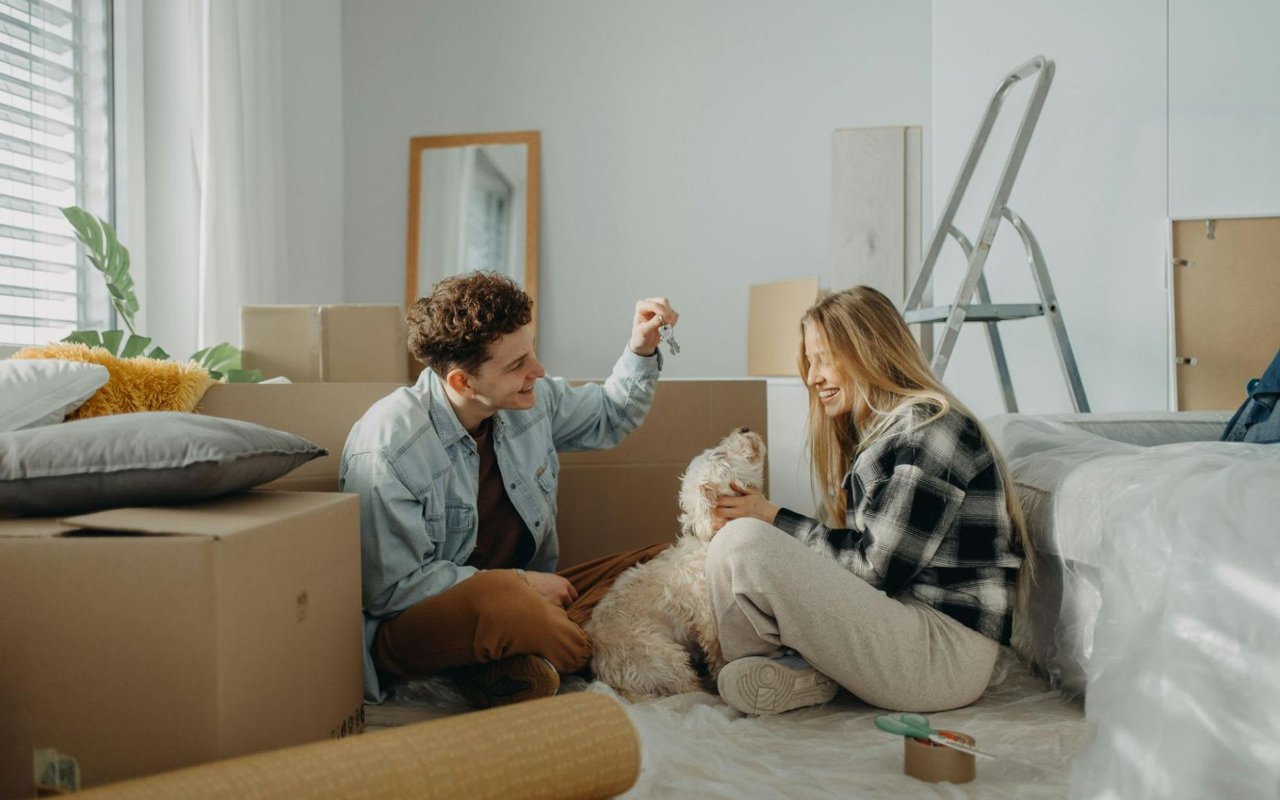Moving to a new home is a significant event that involves a lot of planning and coordination. When you have pets, the complexity increases as you need to consider their well-being throughout the process. Ensuring a smooth transition for your furry friends is crucial to minimizing stress for both them and yourself. Here are some expert tips for moving with pets to help make the process as seamless as possible.
Preparing for the Move
Proper preparation is key to reducing stress for your pets during the move. Start planning well in advance to ensure that all necessary steps are taken to secure their safety and comfort.
Visit the Veterinarian
Schedule a visit to the veterinarian a few weeks before the move. Ensure that your pets are up-to-date on vaccinations and obtain a copy of their medical records. If your move involves traveling long distances or crossing state lines, you may need a health certificate. Discuss any concerns with your vet, and consider asking for recommendations on managing stress or anxiety during the move.
Update Identification
Make sure your pet's identification tags and microchip information are updated with your new address and contact details. This step is crucial in case your pet gets lost during the move. Clear identification increases the chances of a safe and quick reunion.
Gather Supplies
Prepare a moving kit for your pet that includes essentials such as food, water, bowls, medication, toys, bedding, and a leash. Having these items readily available will help maintain some sense of normalcy and comfort for your pet during the move.
Packing and Moving Day
The hustle and bustle of packing can be unsettling for pets. Keeping their routine as consistent as possible will help alleviate stress.
Maintain Routine
Try to keep your pet's feeding, walking, and playtime schedule consistent. Familiar routines provide a sense of stability amidst the chaos of moving.
Safe Space
Create a safe space for your pet during the packing process. Choose a quiet room away from the activity where they can retreat and feel secure. Provide their favorite toys, bedding, and treats to keep them occupied and comfortable.
Transporting Your Pet
On moving day, ensure your pet is safely secured for transport. Use a sturdy carrier or crate for smaller animals, and secure larger pets with a pet seatbelt or harness in the vehicle. For long-distance moves, plan for regular breaks to allow your pet to stretch, hydrate, and relieve themselves.
Settling into Your New Home
Once you arrive at your new home, helping your pet adjust to the new environment is crucial. Gradual introduction and patience will make the transition smoother.
Unpack Essentials First
Start by unpacking your pet's essentials. Set up their feeding station, bed, and favorite toys in a quiet area. Familiar items and scents will help your pet feel more at ease in their new surroundings.
Gradual Exploration
Allow your pet to explore the new home gradually. Start with one room and slowly expand their access to other areas. This approach helps prevent them from feeling overwhelmed by the unfamiliar space.
Maintain Routine
Continue to maintain your pet's regular routine as closely as possible. Regular feeding, walking, and playtime will provide a sense of normalcy and help them settle in more quickly.
Helping Your Pet Adjust
Pets can exhibit signs of stress or anxiety after a move. Understanding their behavior and providing support will help them adjust to their new home.
Recognizing Stress Signals
Common signs of stress in pets include changes in appetite, excessive grooming, vocalization, hiding, and aggressive behavior. If you notice any of these signs, provide extra comfort and reassurance.
Creating a Comfortable Environment
Create a comforting environment by using familiar items and scents. Set up cozy spots where your pet can retreat and feel secure. Pheromone diffusers or sprays can also help create a calming atmosphere.
Gradual Introduction to New Experiences
Introduce your pet to new experiences gradually. If your new home has different surroundings, such as a larger yard or nearby parks, take your time to explore these areas with your pet. Gradual exposure helps them adapt without feeling overwhelmed.
Socialization and Interaction
Spend quality time with your pet, offering extra attention and affection. Interactive playtime and positive reinforcement will help strengthen your bond and provide a sense of security during the transition.
Long-Distance Moves and Air Travel
Long-distance moves and air travel require additional planning and considerations to ensure your pet's safety and comfort.
Preparing for Long-Distance Travel
For long-distance car travel, plan your route to include pet-friendly accommodations and rest stops. Ensure your pet's travel crate is comfortable and well-ventilated, with enough space for them to move around.
Air Travel Considerations
If air travel is necessary, choose pet-friendly airlines and review their pet travel policies. Book a direct flight if possible to minimize travel time. Acclimate your pet to their travel crate before the journey, and ensure it meets the airline's requirements.
Health and Safety
Keep your pet's health and safety in mind throughout the journey. Ensure they have access to water and food, and never leave them unattended in a vehicle. Monitor their behavior for signs of stress and address any concerns promptly.
Reaching Out for Support
Moving with pets can be challenging, but with the right preparation and support, you can ensure a smooth transition. For more personalized advice and expert assistance in exploring houses for sale in Wellington, FL, reach out to Matt Johnson. His expertise and knowledge of the local Wellington real estate market can help you find a pet-friendly home that meets your needs. Contact him today to explore the best opportunities for living and investing in Wellington.




